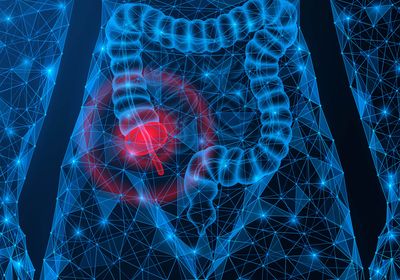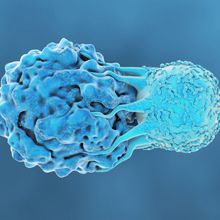immunology

Crafting Science Stories for Young Audiences
Danielle Gerhard, PhD | Sep 2, 2024 | 7 min read
Finding a narrative that resonates with the audience and serving it in their preferred format helps make science engaging, relatable, and fun.

Can the Brain Help Heal a Broken Heart?
Hannah Thomasy, PhD | Aug 28, 2024 | 6 min read
Stimulation of neural reward pathways may help mice recover from heart attacks.
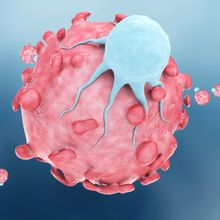
Cell-Based Assays for Immuno-Oncology
Lonza | 1 min read
Cellular immunogenicity and immunotoxicity assays help scientists design, validate, and translate therapeutic research into treatments that weaponize the immune response against cancer.
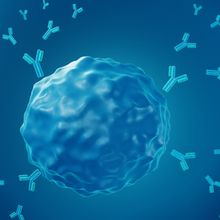
Autoimmune Diseases: An Alternative Application for Immunotherapy
The Scientist | Aug 23, 2024 | 1 min read
Learn how immunotherapy is revolutionizing autoimmune disorder treatment.
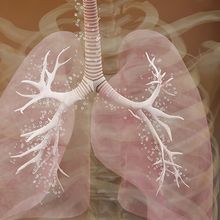
Prenatal Inflammation Makes Mice Susceptible to Asthma
Shelby Bradford, PhD | Aug 20, 2024 | 4 min read
Maternal immune responses during mice gestation led to a hyperactive population of innate-like immune cells in offspring that contributed to altered lung composition and function.

Vaccines and Beyond: Strategies and Technologies for mRNA Therapeutics
The Scientist Staff | 2 min read
An expert panel will discuss mRNA-based vaccines, current approaches and challenges, and how researchers are moving RNA therapeutics forward in exciting new directions.

A Better Mucus Model
Aparna Nathan, PhD | Aug 20, 2024 | 4 min read
A more realistic model of the mucus layer that lines the lungs and gut could provide important insights into the function of this critical defensive barrier.
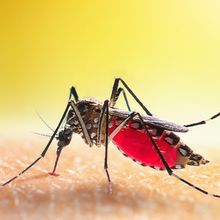
A Mosquito Protein Facilitates Zika Infection
Claudia Lopez-Lloreda, PhD | Aug 14, 2024 | 3 min read
A salivary protein in mosquitos can suppress host immune activity and aid viral transmission.
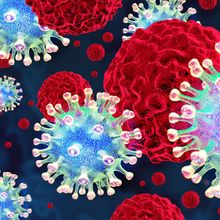
Introduction to Oncolytic Virotherapy
Amielle Moreno, PhD | 8 min read
Oncolytic virotherapy selectively attacks tumors and triggers both immediate and long-lasting immune responses.

Unmixing the Fundamentals of Spectral Flow Cytometry
BD Biosciences | Aug 7, 2024 | 1 min read
Spectral flow cytometry collects the full emission spectrum of a fluorochrome, enabling multicolor panels with more parameters than conventional flow cytometry.
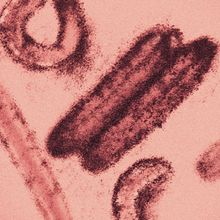
Viral Research Gets Batty to Study Spillovers
Shelby Bradford, PhD | Aug 5, 2024 | 3 min read
Marburg virus enters humans from bats to cause viral hemorrhagic fever, but how it alters immune cells is unclear.
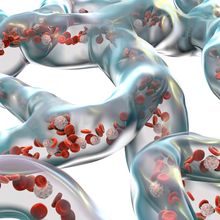
How Migrating Cells Navigate Biological Mazes
Laura Mac-Daniel, PhD | 4 min read
A key protein that detects changes in plasma membrane curvature guides immune-like cells through environmental obstacles.

Obesity Alters the Course of Influenza Infections
Hannah Thomasy, PhD | Aug 1, 2024 | 2 min read
Researchers explored the effects of obesity on the lung microenvironment in ferrets, searching for new therapeutic targets to protect vulnerable populations.

A Stranger to Oneself: The Mystery of Fetal Microchimerism
Hannah Thomasy, PhD | Jul 22, 2024 | 10 min read
During pregnancy, fetal cells invade maternal tissues and can persist for decades, but the effects of these non-self cells remain largely obscure.

Painless Protein Profiling Through Advanced Multiplexing
The Scientist Staff | 1 min read
Learn how to measure 115 biomarkers in one multiplex panel.
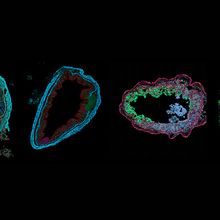
A Cellular Atlas of Gut Inflammation
Alejandra Manjarrez, PhD | Jul 19, 2024 | 4 min read
Researchers mapped tissue remodeling during colitis development in mice to explore how diverse cell types contribute and respond to the disease.

Searching for the Rare Variants in a Genetic Haystack
Danielle Gerhard, PhD | Jul 18, 2024 | 10+ min read
Carola Vinuesa’s research has illuminated the genetics of lupus and helped to exonerate a mother falsely accused of murdering her four children.

Painless Protein Profiling Through Advanced Multiplexing
The Scientist Staff | 1 min read
Learn how to measure 115 biomarkers in one multiplex panel.
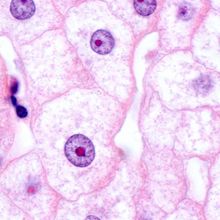
Liver Proteins Keep T Cells Out of Tumors
Aparna Nathan, PhD | Jun 21, 2024 | 4 min read
A new study finds an unexpected role for hepatocytes in anticancer immunity.
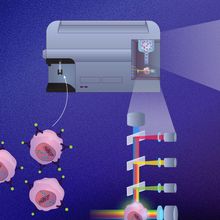
Flow Cytometry: Scattering Light to Measure Cells
Shelby Bradford, PhD | Jun 14, 2024 | 2 min read
Scientists analyze and quantify characteristics of cells and other particles with the power of lasers.

